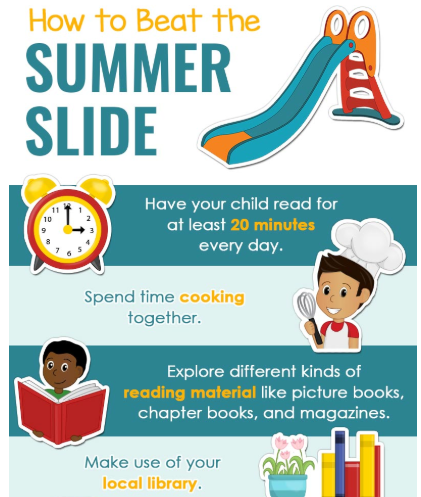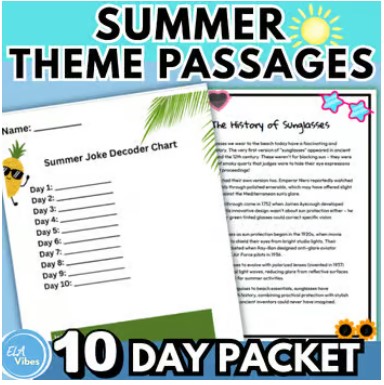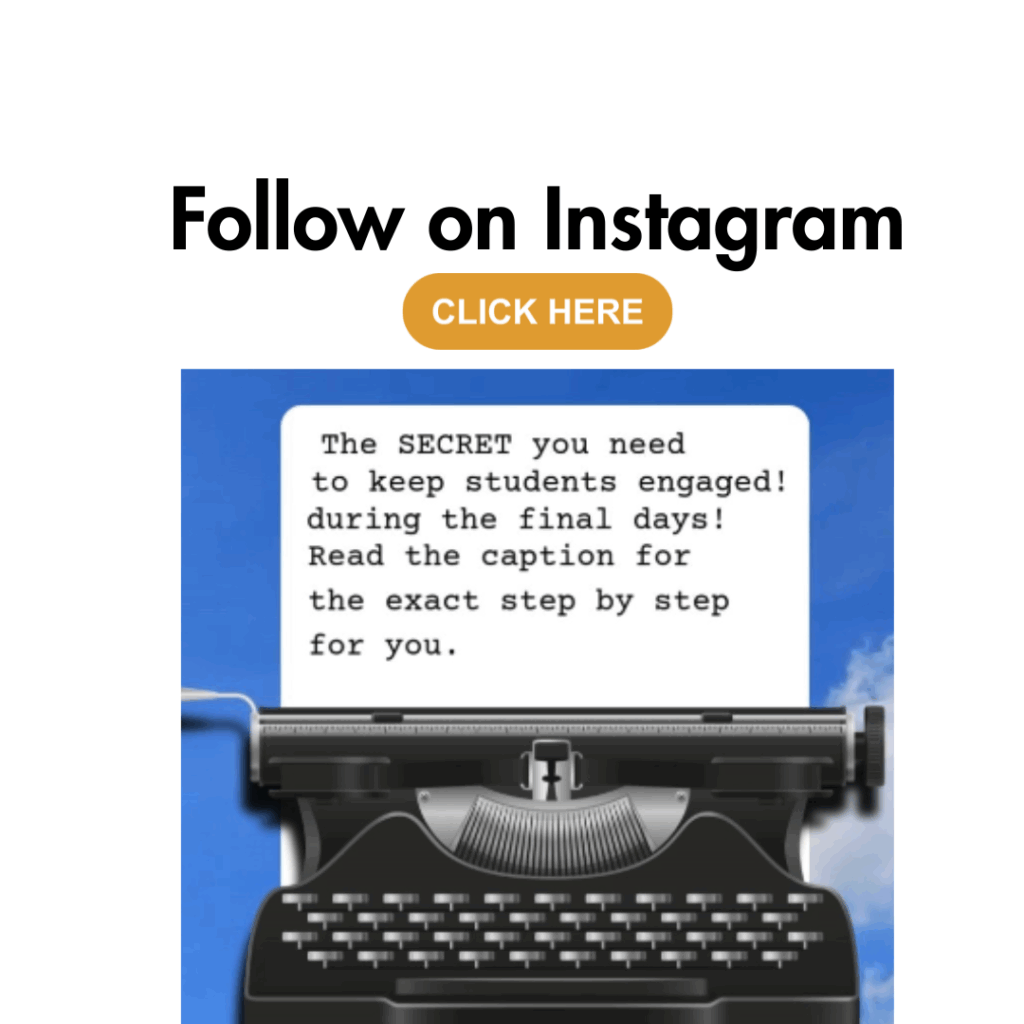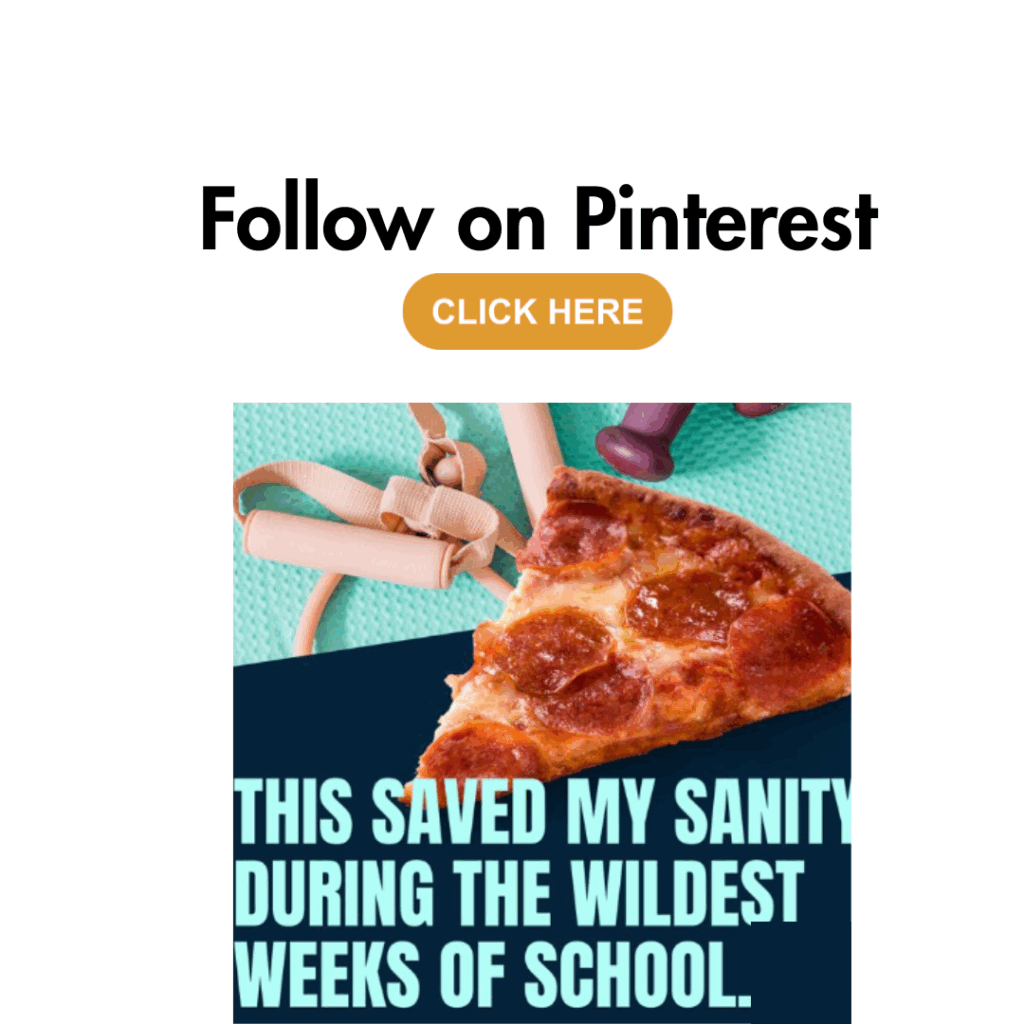Last updated on May 23rd, 2025 at 03:16 pm

Every year, I feel like I start from scratch. But why do I feel that way? It’s what teachers call the summer slide. This learning loss hits hardest in upper elementary, where students are making the critical shift from learning to read to reading to learn. But here’s the good news: with the right mindset and strategies, you can prevent the summer slide before it starts.
What You’ll Learn About Preventing the Summer Slide in This Post
By the end of this post, you will be able to:
- Define what the summer slide is and explain why it impacts upper elementary students more than younger grades
- Understand the learning shift from “learning to read” to “reading to learn” that happens in grades 3–5
- Use summer as a setup, not a setback, for focused instruction
- Implement 3 practical ways to prevent summer learning loss
Understanding the Summer Slide in Upper Elementary
The summer slide is exactly how it sounds. Students regress or slide backwards in their skill development. In school, we provide structure and routine. At home, there is flexibility and possibly a reduction in stimulation, thanks video games! A combination of no sense of urgency, no practice, and just pure zoning out in front of the television results in this slide. The old saying is true, “If you don’t use it, then you loose it.”
Studies show that on average, 20 percent of school-year gains in reading is lost during summer break. This is especially true for 3rd–5th grade students, who are expected to move from decoding text to analyzing it. This statistic may look gloom and doom, but I encourage you think of the summer slide as a setup not a set back.
Why 3rd–5th Graders Are Most at Risk for the Summer Slide
Students in grades K-2 are learning to read. In grades 3rd and above, students are reading to learn. Did you catch the scramble of words-learning to read to reading to learn? That is intentional because students are moving to more analysis of text. I love analogies, so think of this jump like building a bicycle. In K-2 you learn how the wheels turn, how to balance, and how to pedal, but when you hit 3rd grade, you are now using that bike to explore the world and go places.
I love candy 🍭📚🍫 so let’s try a candy analogy. In grades K-2, students are unwrapping the individual candies, one sound and one word at at time. By 3rd grade, students are combining those candies to make something new-analyzing, inferring, and synthesizing. Think mixing chocolate with Twizzlers (unusual but good) to get different flavors.
Setback or Setup? Rethinking the Summer Slide
Setups are a mind-shift. It is a opportunity to pivot not pause. Shifting your mindset around the summer slide helps you see it as a powerful opportunity.
- Missed growth goals? Set up differentiated reading game challenges.
- Kids unmotivated to read? Implement book clubs based around different genres.
- 2 grade levels behind? Use this a cue to revamp your small group activities.
- Can’t get everything in? Reprioritize and decide what is fluff and what is important.
Start with the low-hanging fruit and move from there.
Teacher Tools to Stay Ahead of the Summer Slide
One powerful setup is rethinking how you hook your students into a lesson. Narrow your focus. Let your daily agenda slides do the heavy lifting. Ask yourself what is my goal and what truly matters right now? These themed slides are more than just decoration—they’re a strategic ELA lesson planning tool that keeps your instruction clear and intentional. With built-in sections for your Lesson Objective, Reading Mini Lesson, Grammar Focus, and Exit Ticket, these slides help students stay on track and engaged.
Want plug and play themed agenda slides that do the heavy lifting for you? Check out this link for more details.
How do YOU Prevent the summer slide?
You can only control your classroom. So how do you set students up for success outside the classroom? Try these 3 tips.
1. Daily Reading
- Educate students on free websites that allow access to e-books such as Kidtopia and Unite for Literacy.
- Create a QR code sheet to send home before break.
- Add a “Read and Record” log or bingo-style reading challenge to keep it light and fun.
- Have students create a summer To Be Read list during the last week of school so they leave motivated.
2. Summer Reading Programs
- Encourage participation in local libraries. Most offer prizes and events.
- Join the Barnes & Nobles program. Students write down 8 books they read over the summer, turn in the journal, and choose a free book from a select list.
- Send home a calendar or checklist with registration links and program start dates. The more turnkey you make it, the more likely families will jump in.
3. Summer Fun Packets
- Create Summer Themed Reading Passages that relate to students and their excitement for the summer break.
- Include interactive activities to reinforce standards in a fun way.
- Add built-in choice: Let students pick from a list of stories or tasks. The more they feel in control, the more they’ll engage.
When the summer slide hits, it doesn’t just slow them down—it erodes confidence. Knowing what to expect in the fall helps you plan ahead and respond with intention.
Conclusion: Stop the Summer Slide Before It Starts
The summer slide doesn’t have to be thief that steals all your hard work from the year. By being proactive and educating students and families, you can start preventing the summer slide before the school year even ends.
Ready to stop reteaching and start progressing? Grab these tools to prevent the summer slide. Click on the image for more details.👇 👇
Additional Resources












I get the summer set back. I like how you reframed the mind set to set up and not set back. Learning can still continue but look different than it does during the school year.